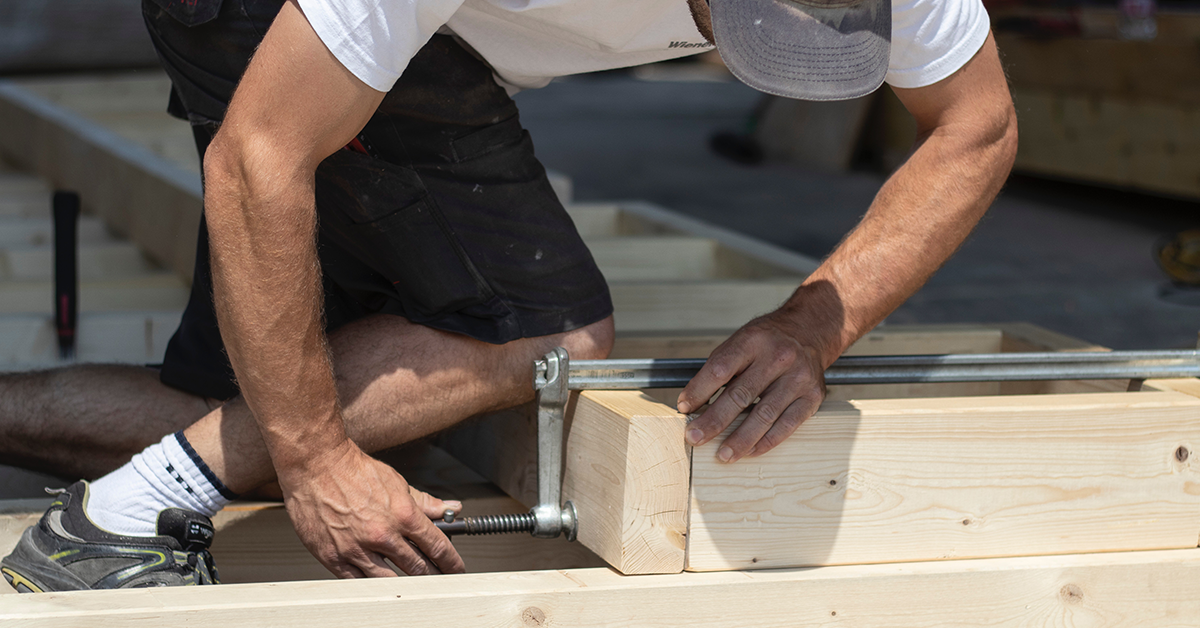Sign up for Funding Circle newsletter!
Get our latest news and information on business finance, management and growth.
Updated: February 20th, 2024

Managing cash flow can be a challenge for any business owner, but when it comes time to upgrade or repair equipment, this could really put you in a pinch. This is particularly true if you need the equipment in a hurry to keep your business running smoothly. With business equipment financing, however, you don’t have to provide the entire cost upfront. Given the different types of equipment financing available, your real challenge is deciding which option is right for you.
Don’t let the term “equipment financing” fool you. This type of financing isn’t just reserved for major pieces of machinery like a fork lift and can be applied to any type of equipment that’s relevant to your business. For instance, if you need to purchase ovens for a new restaurant location, chairs for a barber shop, or vehicles for a delivery business, equipment financing could be the solution.
Equipment financing is designed to provide business owners like you quick and easy access to capital either through a lease or a loan. This type of financing is unique because it’s specifically designed to go toward the purchase or repair of equipment that your business needs to grow.
Whether you decide to lease or obtain a loan, either option should rescue you from a cash crunch. There is a sharp distinction, however, between leasing equipment and equipment financing that comes down to who you repay.
Leasing equipment involves paying back the manufacturer or distributor directly, not a middle man. There is a time and a place for leasing, given the unique set of pros and cons. For instance, you won’t have to provide a down payment and generally won’t need another asset as collateral.
On the other hand, you’re likely to dole out more cash for the equipment by the end of the lease than you would with an equipment loan. This is because manufacturers and distributors tend to attach higher-than-normal interest rates and/or administration fees.
One distinct advantage for equipment financing (taking out a loan) over leasing is that with financing, you own the equipment. When you take out an equipment loan, that capital funds the purchase and your part is to pay off the loan, plus interest and fees.
The good news is that at the end of the term, you own that piece of equipment. Equipment loans are helpful for businesses looking to purchase an expensive piece of machinery that they can’t afford to pay in full up front. Be aware, though: with equipment financing, there is the risk that the machinery may be obsolete by the end of the term.
In terms of disadvantages, with both equipment leasing and financing, you may end up paying exponentially more for the equipment than its value. That’s because there is an added administration fee on top of the normal interest rate. On the plus side with leasing, however, you may be able to purchase the equipment at the end for a ‘fair’ market value.
When you finance the equipment, you are taking out a loan that pays for the equipment in full. In this case, you owe the lender, not the manufacturer or distributor. There are four general ways a business can access equipment loans:
When it comes time to expand a product line, you don’t have to wait because cash flow is tight – even if you need new equipment to make it happen. With the available business equipment financing options, you can gain access to the funding you need to get your new product line off the ground if it’s the need for new equipment that’s been holding you back. Online lenders such as Funding Circle specialize in flexible solutions that are made to fit your business.
When you have equipment that is central to your business, it is important to replace it before it’s too late. When necessary equipment breaks, your company will automatically need to consider what business equipment financing or leasing options are available to you for replacing it.
Otherwise, business equipment financing options such as loans are good long-term solutions for more expensive pieces of equipment that you’re expecting to last the test of time.
There are a few options that you can consider when it comes time to replace or add to your equipment. Reviewing equipment financing options is a good idea so you can prepare for the inevitable. Considering factors such as the amount you need to pay upfront or a fluctuating buy-out price will help determine if leasing equipment or applying for equipment financing is right for you.
Paige Smith is a content marketing writer who specializes in writing about the intersection of business, finance, and tech. Paige regularly writes for a number of B2B industry leaders, including fintech companies, small business lenders, and business credit resource sites.

